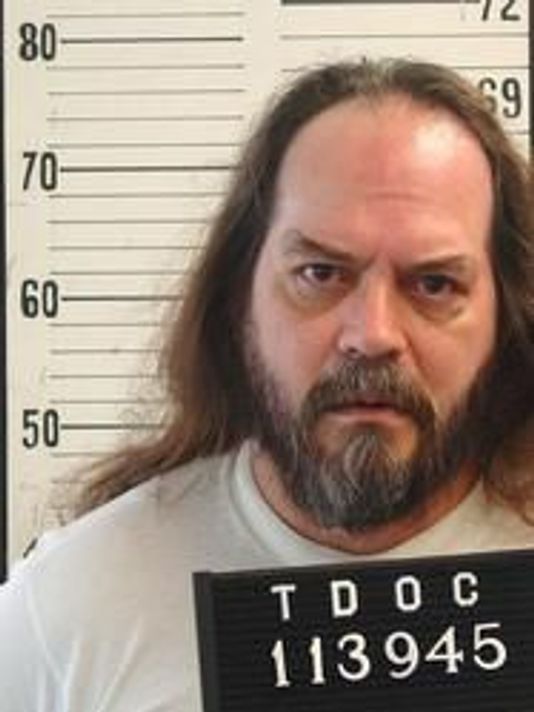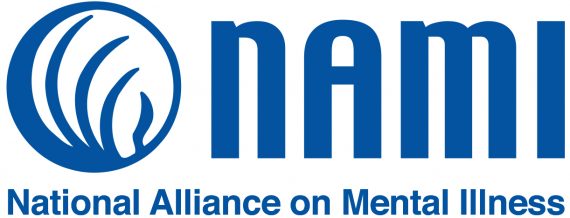
(8-6-18) Tennessee is scheduled to execute Billy Ray Irick in three days even though he has a long, well documented history of mental illness – a fact jurors were never told during his 1986 trial. Incorrectly, they were specifically advised that he was not mentally ill.
In addition, Irick has the mental cognitive acuity of someone who is seven to nine years old. He is fifty-nine.
The National Alliance on Mental Illness, NAMI Tennessee and a state coalition – created specifically to oppose the killing of Tennessee inmates with severe mental illnesses – are urging the public to contact Tennessee Governor Bill Haslam at bill.haslam@tn.gov or by calling his office at (615) 741-2001. They are asking Haslam to commute Irick’s death sentence to life in prison without any possibly of parole. Irick has spent the last 30 years on death row. The governor’s commutation is considered his last chance.
In their letter to the governor, NAMI CEO Mary Giliberti and NAMI Tennessee Executive Director Jeff Fladen stated:
“Powerful delusions or hallucinations characteristic of psychosis may lead a person to act in ways they never would have otherwise…”
They argue two critical points:
- Executing Billy Ray Irick would run contrary to constitutional restrictions on imposing capital punishment on persons with diminished capacity due to mental disabilities.
- Information about Billy Ray Irick’s severe mental illness and its impact was never properly considered at his trial or his sentencing.
Tennessee Attorney General Herbert Slatery is pushing back, insisting the state has a right to “execute its moral judgment” and put Irick to death.
Irick’s crime was horrific. All death row convictions are. He raped and murdered Paula Dyer, a seven year old girl, he was babysitting.







